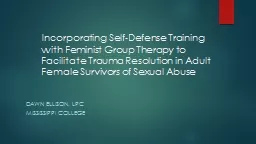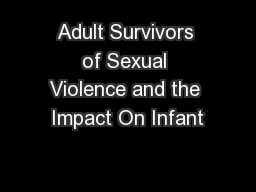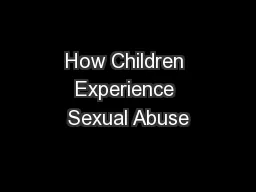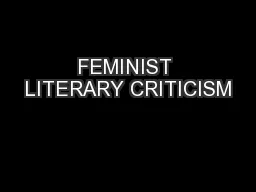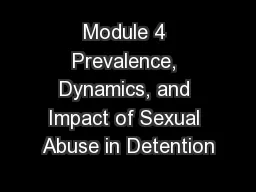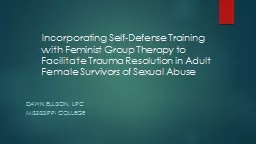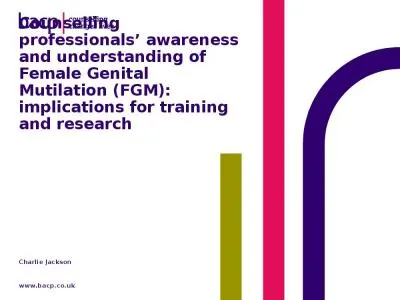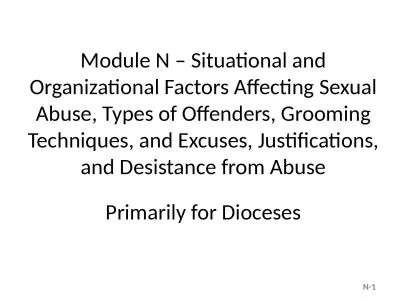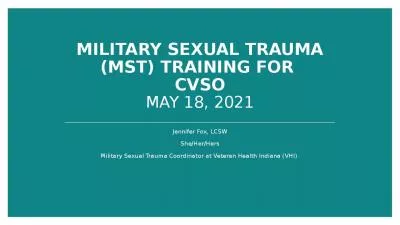PPT-Incorporating Self-Defense Training with Feminist Group Therapy to Facilitate Trauma Resolution
Author : karlyn-bohler | Published Date : 2019-12-31
Incorporating SelfDefense Training with Feminist Group Therapy to Facilitate Trauma Resolution in Adult Female Survivors of Sexual Abuse Dawn Ellison LPC Mississippi
Presentation Embed Code
Download Presentation
Download Presentation The PPT/PDF document "Incorporating Self-Defense Training with..." is the property of its rightful owner. Permission is granted to download and print the materials on this website for personal, non-commercial use only, and to display it on your personal computer provided you do not modify the materials and that you retain all copyright notices contained in the materials. By downloading content from our website, you accept the terms of this agreement.
Incorporating Self-Defense Training with Feminist Group Therapy to Facilitate Trauma Resolution: Transcript
Download Rules Of Document
"Incorporating Self-Defense Training with Feminist Group Therapy to Facilitate Trauma Resolution"The content belongs to its owner. You may download and print it for personal use, without modification, and keep all copyright notices. By downloading, you agree to these terms.
Related Documents

